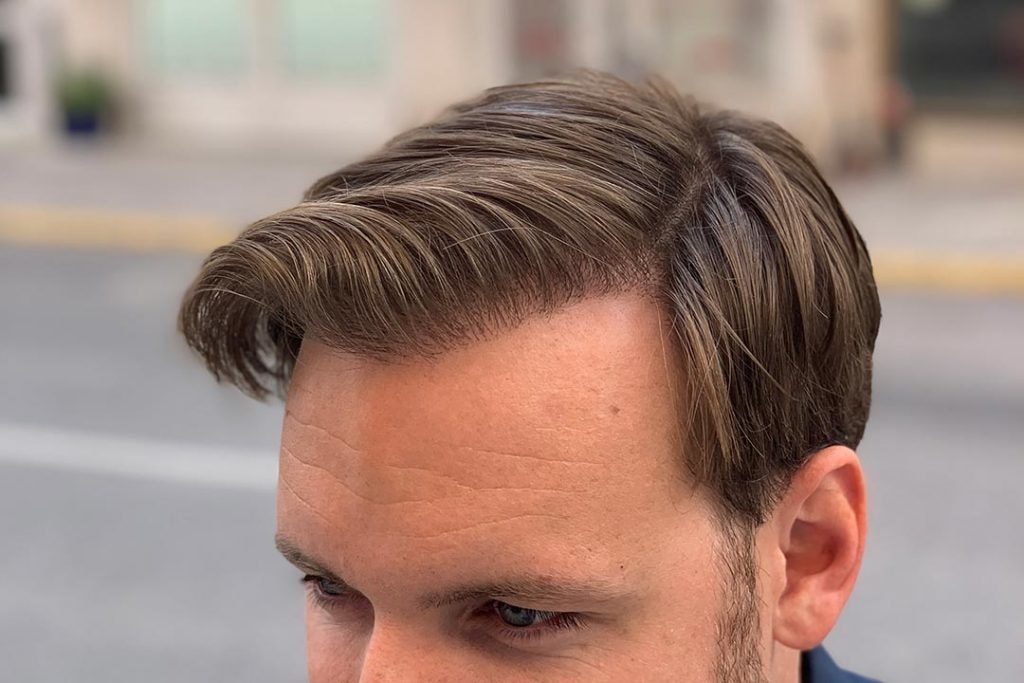You’re experiencing hair loss and want to find some natural treatments to help you? You should forget it because almost all-natural hair transplant methods and non-invasive hair restoration procedures don’t guarantee long-term results. A potential hair transplantation procedure such as Follicular Unit Extraction, aka FUE, is the only way to see any promising long-term outcomes. However, even a perfect hair transplant procedure may cause some post-surgery complications. Necrosis is one of them. Let’s take a closer look and learn what necrosis is.
Causes of Necrosis
The death of the skin is referred to as necrosis. There could be several causes of necrosis on your skin and scalp. It can happen after a variety of cosmetic, plastic, and cosmetic procedures such as tummy tuck, liposuction, skin-lift, and hair transplant.
Although necrosis after a hair transplant isn’t that much common, it may happen after the procedure. Postoperative care is important to not experience necrosis after a hair transplant. You may find more information about the aftercare procedures on our website. How you take care of your wounded tissue may increase the risk of necrosis. Necrosis after a hair transplant is actually a serious complication. If you see areal necrosis on your scalp, this means that that area won’t grow new hair strands again.
What Should You Do?
Unfortunately, there is no cure for necrosis either since the tissue is dead. The thing that you can do about it is to prevent its further spread over your skin. You should immediately see your doctor and ask for help if you suffer from necrosis on your scalp.
Most necrosis cases are associated with people’s eligibility for hair transplant procedures. If you are not qualified for a hair transplant procedure, you just don’t get it. You should also not lie about your medical records because your surgeon will prepare an individualized surgery plan for you.
To find more information about the hair transplant procedures and more, fill out the form above.







